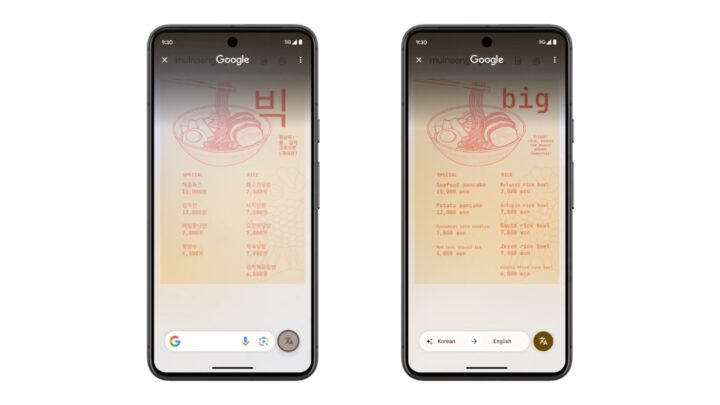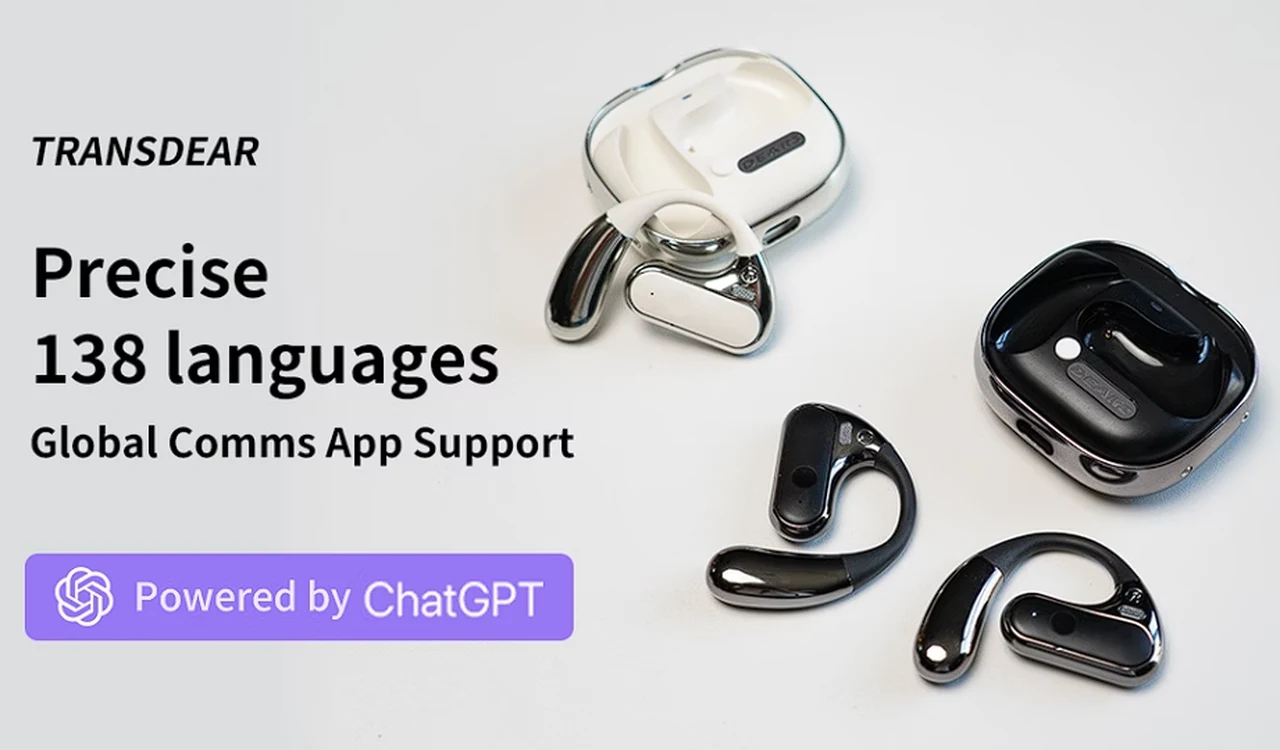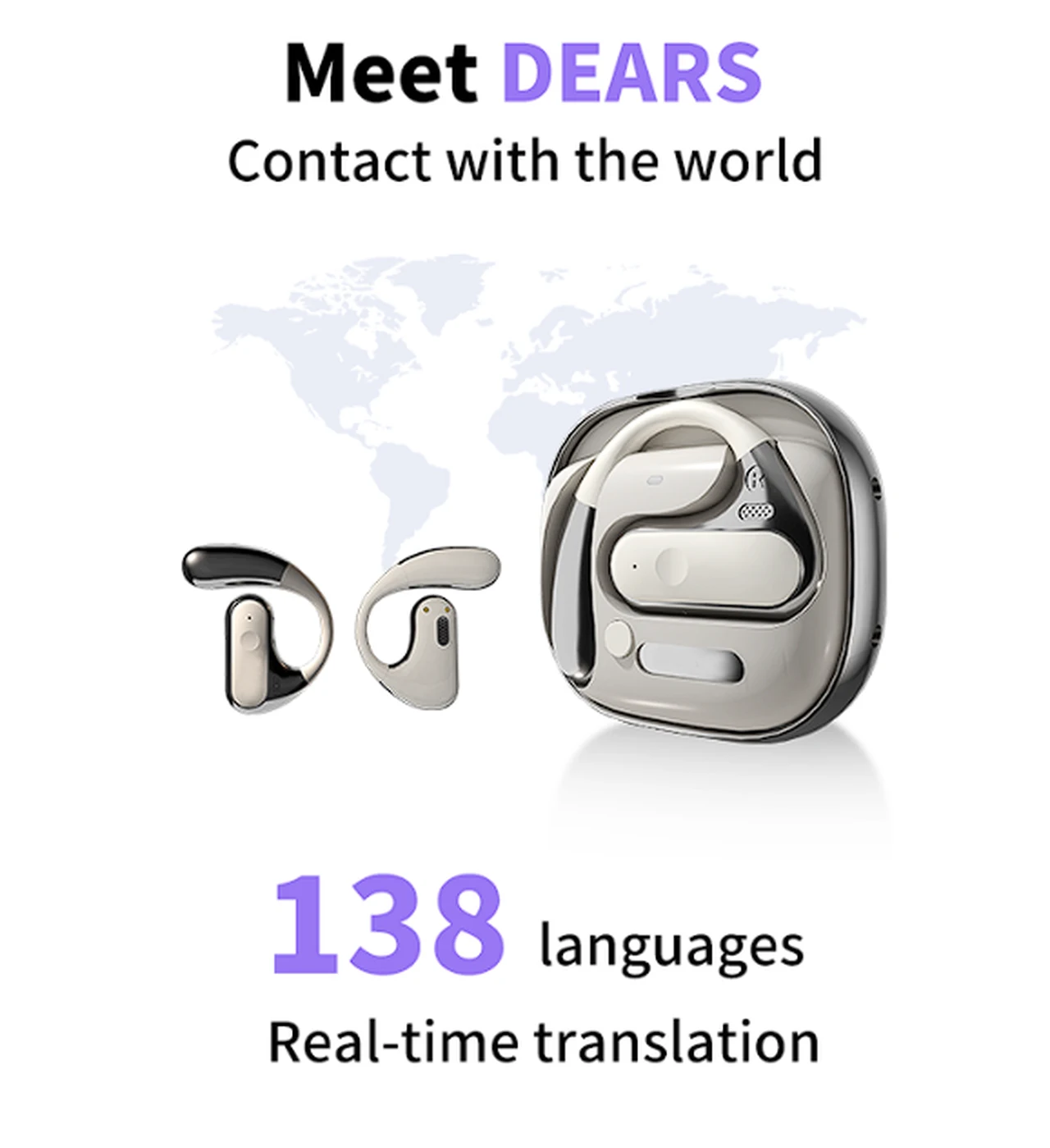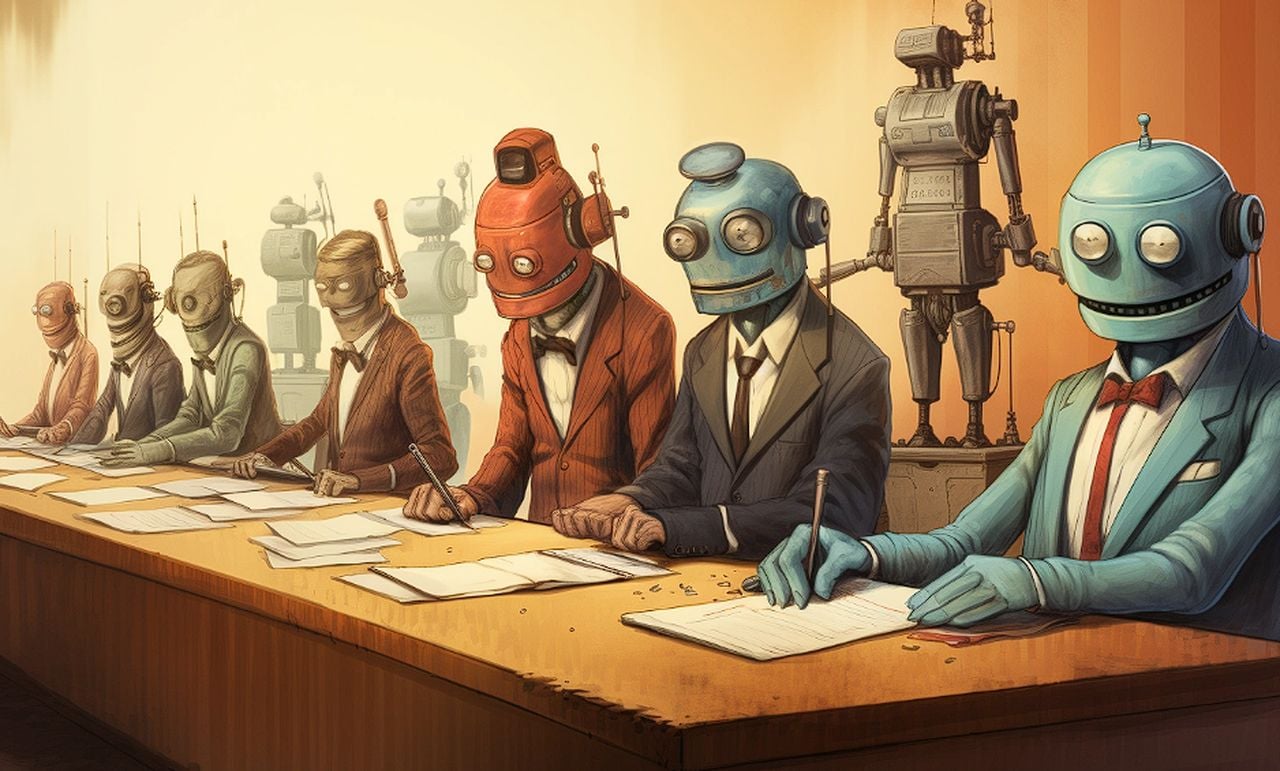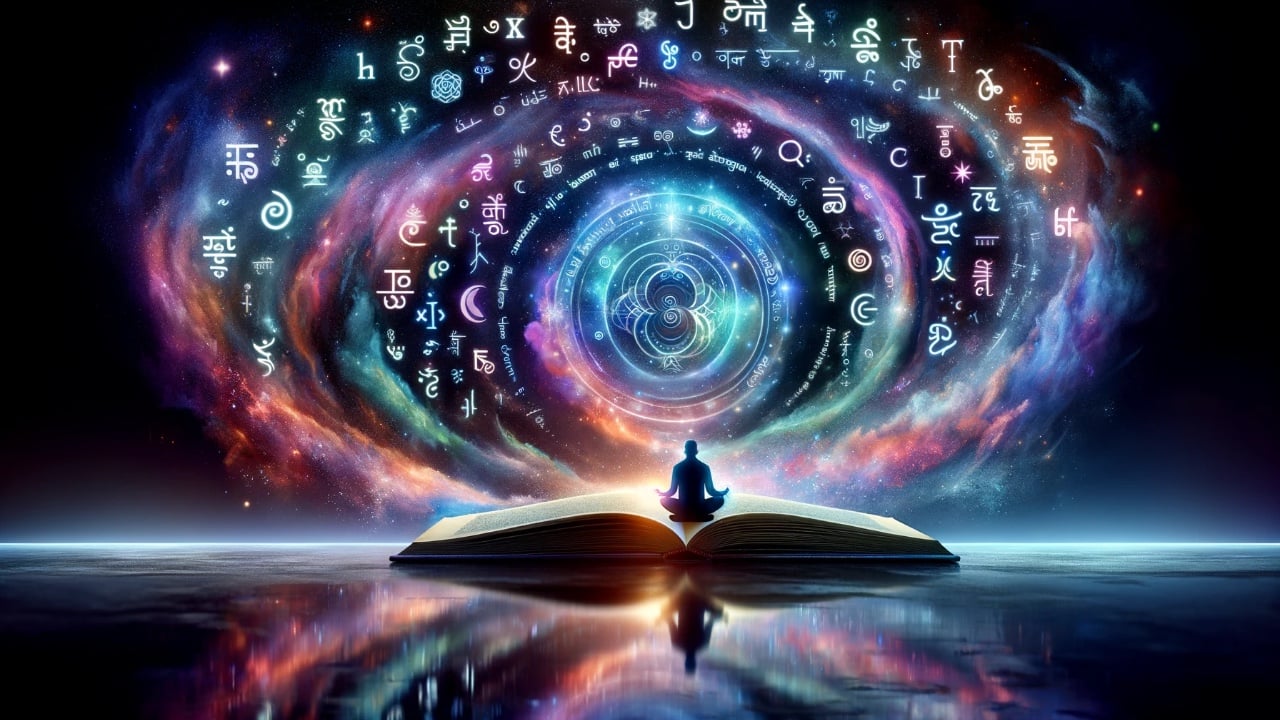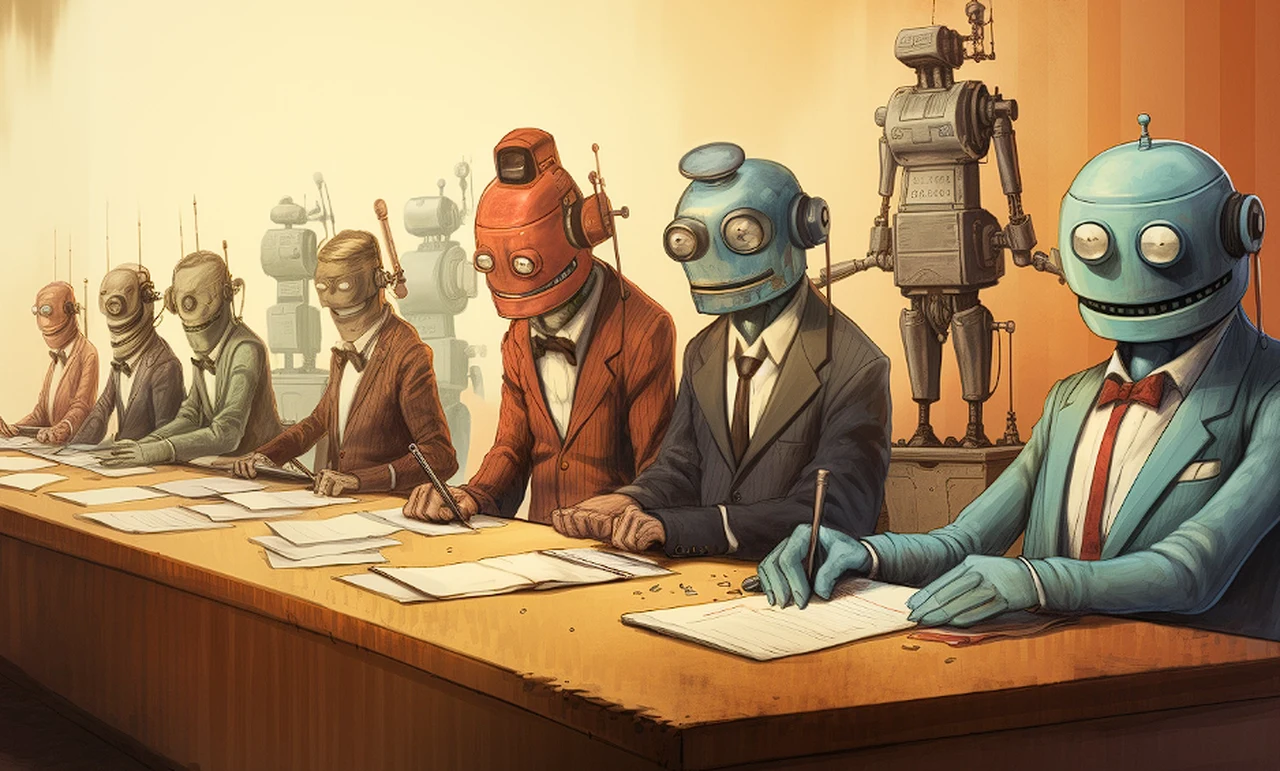
One of the most exciting recent AI developments in the last few weeks is the new live speech translator called Seamless introduced by Meta. This cutting-edge tool is changing the game for real-time communication, allowing you to have conversations with people who speak different languages with almost no delay. Imagine the possibilities for international business meetings or casual chats with friends from around the globe. Meta explains more about its development
Seamless, the first publicly available system that unlocks expressive cross-lingual communication in real time. To build Seamless, we developed SeamlessExpressive, a model for preserving expression in speech-to-speech translation, and SeamlessStreaming, a streaming translation model that delivers state-of-the-art results with around two seconds of latency. All of the models are built on SeamlessM4T v2, the latest version of the foundational model we released in August.
Meta Seamless live voice translation AI
SeamlessM4T v2 demonstrates performance improvements for automatic speech recognition, speech-to-speech, speech-to text, and text-to-speech capabilities. Compared to previous efforts in expressive speech research, SeamlessExpressive addresses certain underexplored aspects of prosody, such as speech rate and pauses for rhythm, while also preserving emotion and style. The model currently preserves these elements in speech-to-speech translation between English, Spanish, German, French, Italian, and Chinese.
But AI’s advancements doesn’t stop at language translation. It’s also making strides in enhancing the quality of our digital interactions. For instance, an open-source AI speech enhancement model is now available that rivals Adobe’s podcast tools. This AI can filter out background noise, ensuring that your voice is heard loud and clear, no matter where you are. It’s a significant step forward for anyone who needs to communicate in less-than-ideal environments.
The personal touch is also getting a boost from AI. New technologies now allow you to create customized figurines that capture your likeness. These can be used as unique social media avatars or given as personalized gifts. It’s a fun and creative way to celebrate individuality in a digital age.
For the intellectually curious, AI is offering tools like Google’s DeepMind’s Notebook LM. This isn’t just a digital notebook; it’s a collaborative research tool that can suggest questions and analyze documents, enhancing your research and brainstorming sessions. It’s like having a smart assistant by your side, helping you to delve deeper into your work.
AI translation demonstrated
Check out a demonstration of the Seamless AI translation service from Meta and other AI news and advancements thanks to The AI Advantage who has put together a selection of innovations for your viewing pleasure.
Here are some other articles you may find of interest on the subject of AI and creating AI projects and automations:
AI News in the healthcare sector, includes new advances for ChatGPT enabling it to now interpret blood work and DNA tests, providing medical advice and health recommendations that are tailored to individual needs. This could revolutionize patient care by offering insights that are specific to each person’s health profile.
Content creators are also seeing the benefits of AI. New video creation methods are advancing rapidly, with technologies that can generate lifelike human images in videos. This enhances the realism and engagement of digital content, making it more appealing to viewers.
The art world is experiencing its own AI renaissance. An AI art generator named Leonardo now includes an animation feature, allowing artists and animators to bring static images to life with ease. This opens up new possibilities for creativity and expression, making animation more accessible to a broader range of artists.
For video producers, making content accessible to everyone is crucial. An AI tool on Replicate now provides captioning services for videos, ensuring accurate transcription and synchronization of words. This not only makes content more inclusive but also expands its reach to a wider audience.
These innovations are just a few examples of how AI is being integrated into our daily lives. With each passing week, new AI applications emerge, offering more convenience, personalization, and enhanced communication. As we continue to witness the rapid growth of AI technology, it’s clear that its potential is boundless. Keep an eye out for the next wave of AI advancements—they’re sure to bring even more exciting changes to our world.
Filed Under: Technology News, Top News
Latest timeswonderful Deals
Disclosure: Some of our articles include affiliate links. If you buy something through one of these links, timeswonderful may earn an affiliate commission. Learn about our Disclosure Policy.


